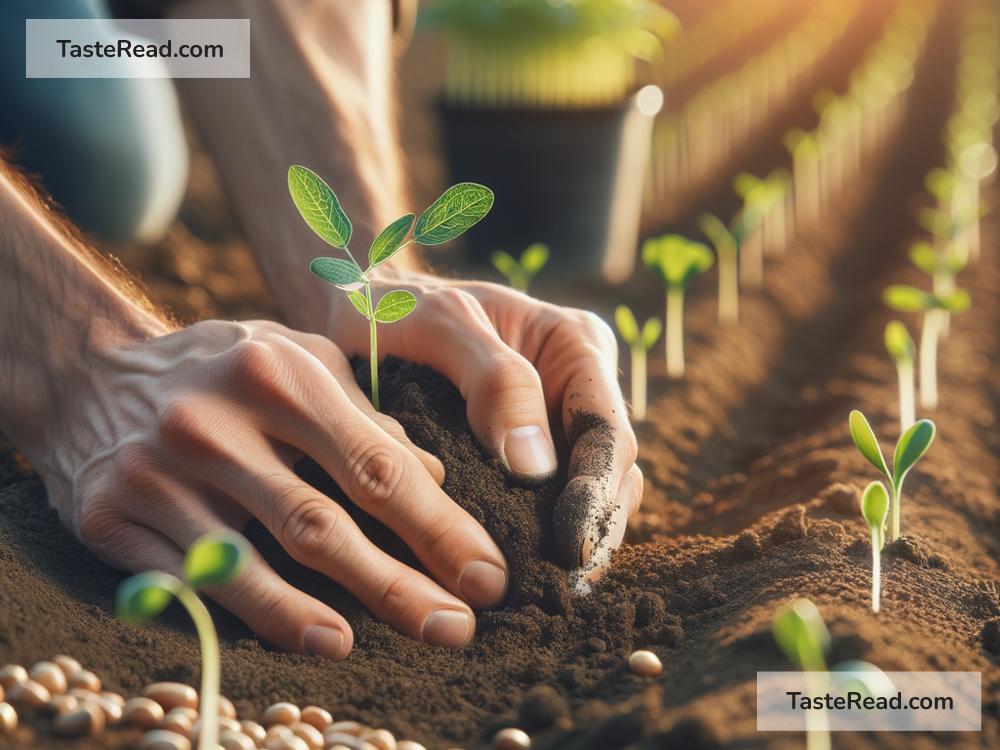Exploring the Benefits of Soil-Building Crop Choices
When we walk in a lush, green field or enjoy the abundance of vegetables from a farm, we’re witnessing the magic of healthy soil. But soil doesn’t stay fertile and rich by chance; it requires care, much like a garden. An interesting and effective way to nurture soil is through making smart crop choices. Essentially, this means growing plants that help the soil regain or enhance its health. The benefits of these soil-building crops are vast, ranging from improving soil structure to boosting its ability to hold water. Let’s delve deeper into how choosing the right crops can lead to healthier soil and, in turn, more vibrant crops.
What Are Soil-Building Crops?
Soil-building crops, often known as cover crops or green manures, include a variety of plants, like clover, vetch, rye, and legumes. These crops are not primarily planted for being eaten, although some can be, but are grown to benefit the soil. They are like vitamins for the ground, replenishing nutrients and improving soil health.
Benefits of Soil-Building Crop Choices
1. Nutrient Boosting
Imagine the soil like a bank account for nutrients; soil-building crops make deposits into this account. Plants such as legumes are fantastic at grabbing nitrogen, an essential nutrient for crops, from the air and “fixing” it into the soil in a form that other plants can use. This natural fertilization process reduces the need for chemical fertilizers, which can be harmful to the environment.
2. Soil Structure Improvement
Healthy soil is not just about the nutrients; its physical structure matters too. Soil needs to be loose and crumbly, so roots can easily spread, and air and water can circulate well. The roots of soil-building crops burrow into the earth, breaking up hard clumps of soil and creating passages for air and water. This makes it easier for the plants that follow to grow.
3. Water Retention and Erosion Control
Soil-building crops can act like a sponge. They help the soil retain water, which is crucial during dry spells. Additionally, by covering the soil, these crops protect it from being washed or blown away. This is especially important in areas prone to heavy rains or strong winds, preventing valuable topsoil from being lost.
4. Weed Suppression
A carpet of soil-building crops can stifle weed growth, competing for sunlight, water, and nutrients. This natural suppression means less reliance on herbicides, fostering a more organic farming approach. As a result, the farm becomes a safer place for beneficial insects and pollinators.
5. Disease and Pest Management
Some soil-building crops can also act as a break in pest and disease cycles. By choosing specific crops, farmers can reduce the prevalence of certain soil-borne diseases and pests that affect their main crops. This biological control is a crucial step towards more sustainable farming practices.
Making the Right Choice
Choosing the right soil-building crop depends on the specific needs of the soil and the main crops being grown. Factors like climate, the existing soil condition, and the intended main crops all play significant roles in this decision. Consulting with agricultural experts or local farmers’ groups can provide valuable insights into making the best choice for your soil.
A Closing Thought
The health of our soil is the foundation of our food system. By adopting practices that include soil-building crops, we not only enhance the fertility and structure of our soil but also take a step towards more sustainable and environmentally friendly farming. This simple choice can have profound effects, leading to better yields, reduced chemical use, and a more resilient agricultural system. So, the next time you enjoy a fresh, crunchy vegetable, remember the unseen heroes beneath—the soil-building crops that helped make it possible. Through conscious choices and sustainable practices, we can ensure that the soil continues to give back for generations to come.


